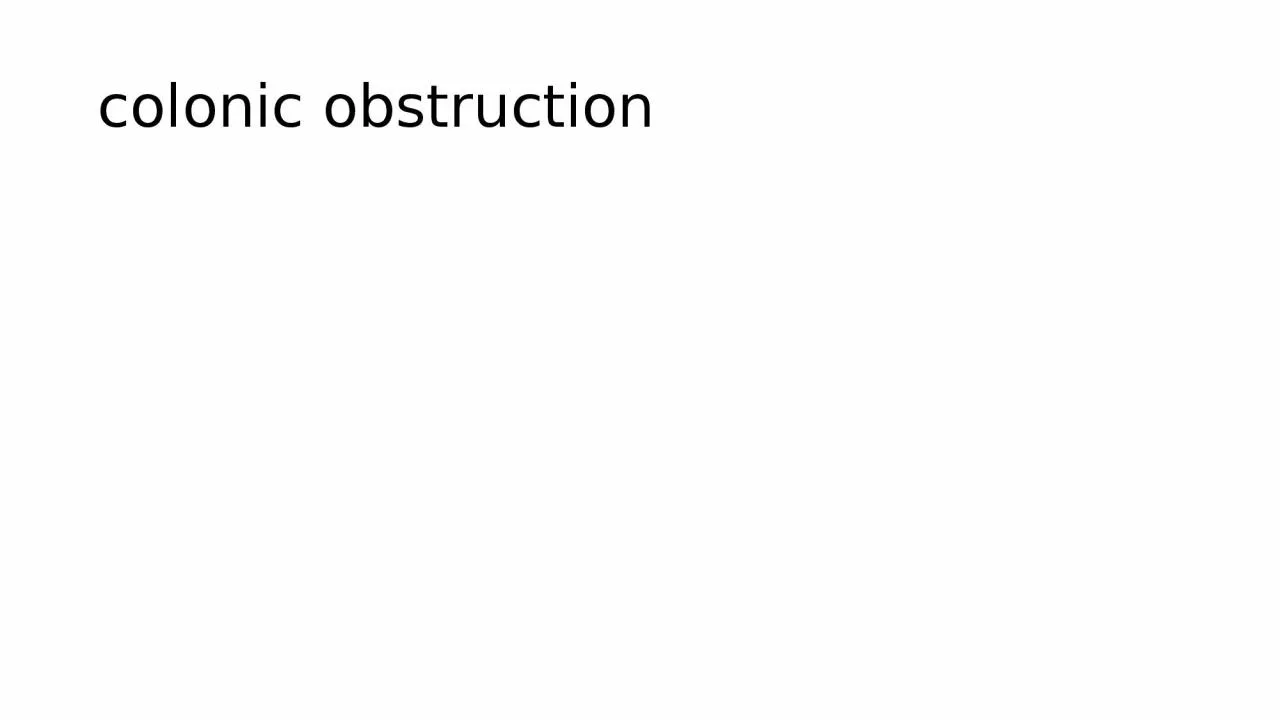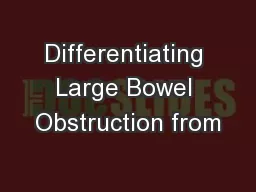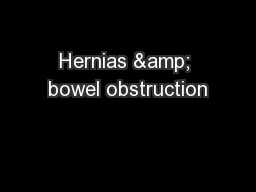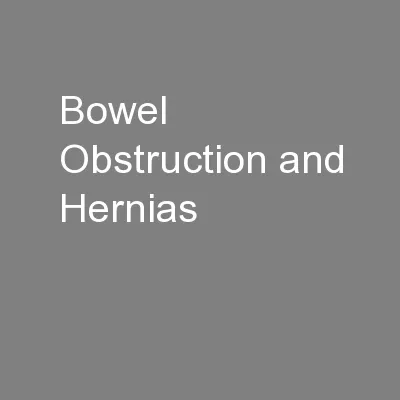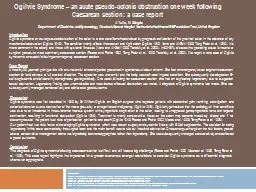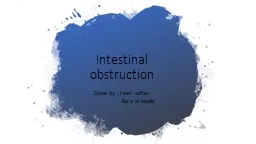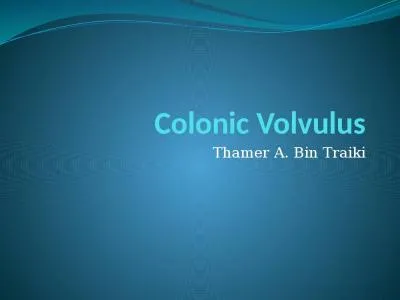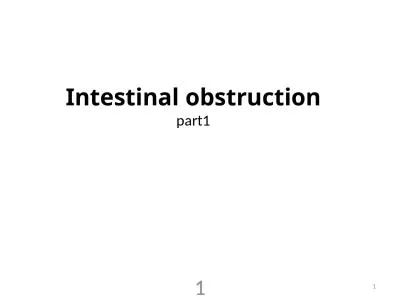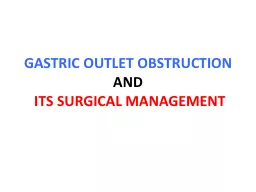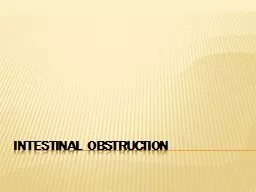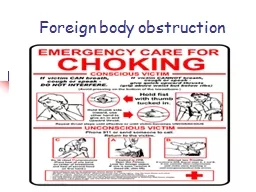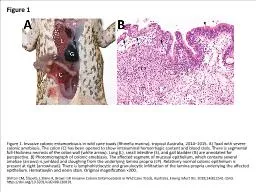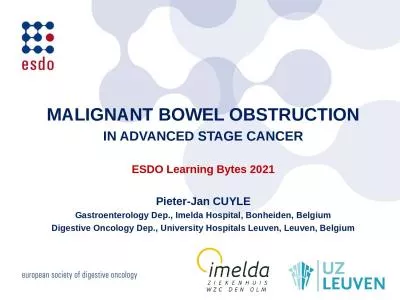PPT-colonic obstruction Etiology
Author : eliza | Published Date : 2024-02-09
The most common causes of adult largebowel obstruction Neoplasm benign or malignant Stricture diverticular or ischemic Volvulus colonic sigmoid cecal Intussusception
Presentation Embed Code
Download Presentation
Download Presentation The PPT/PDF document "colonic obstruction Etiology" is the property of its rightful owner. Permission is granted to download and print the materials on this website for personal, non-commercial use only, and to display it on your personal computer provided you do not modify the materials and that you retain all copyright notices contained in the materials. By downloading content from our website, you accept the terms of this agreement.
colonic obstruction Etiology: Transcript
Download Rules Of Document
"colonic obstruction Etiology"The content belongs to its owner. You may download and print it for personal use, without modification, and keep all copyright notices. By downloading, you agree to these terms.
Related Documents

